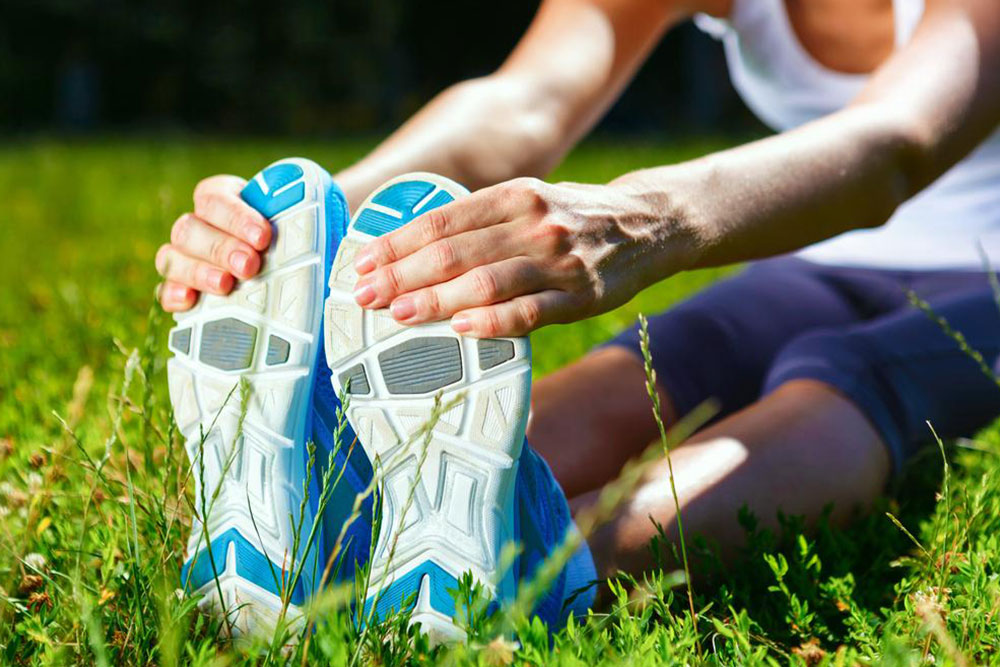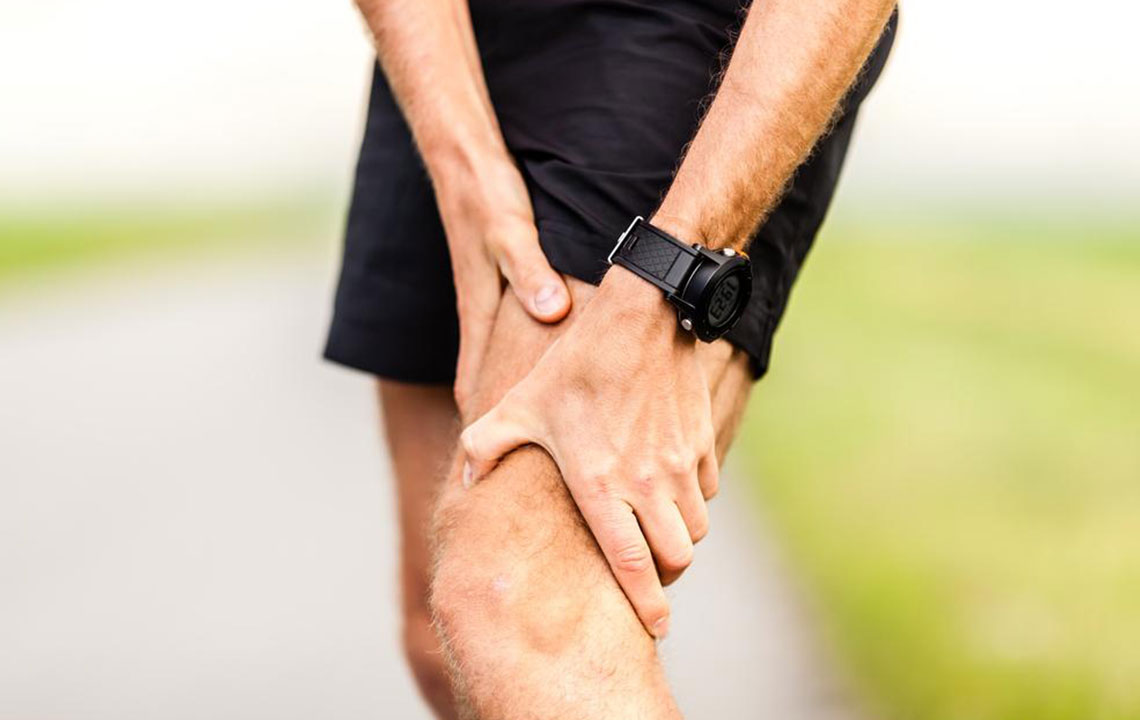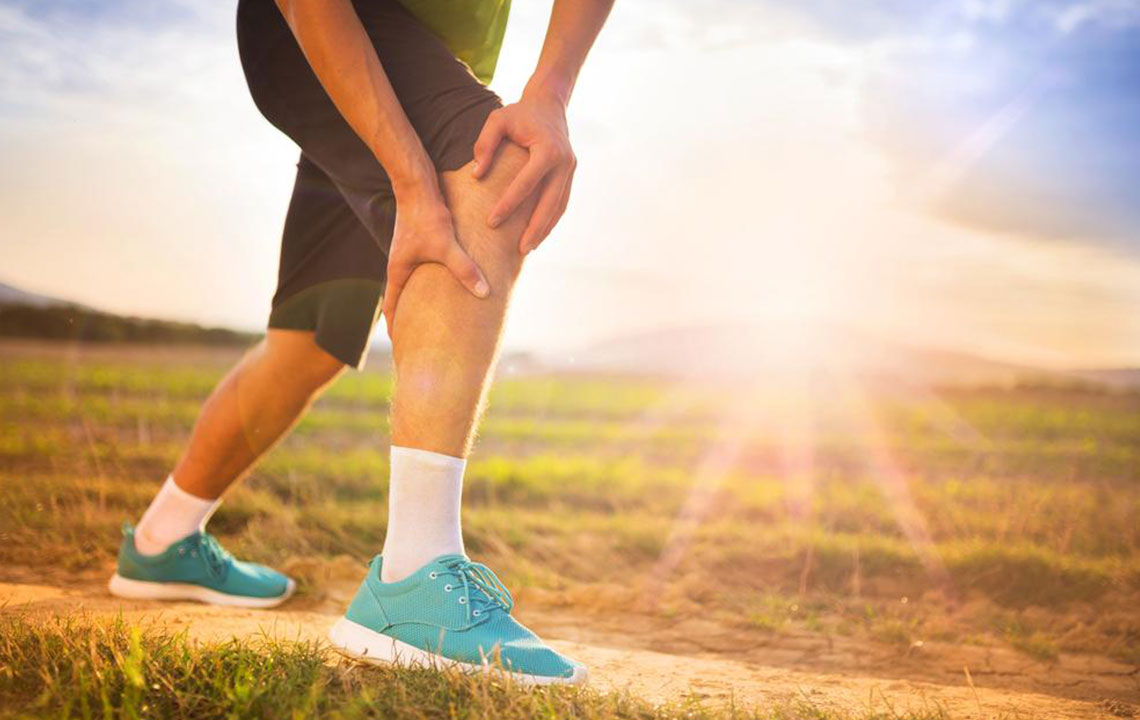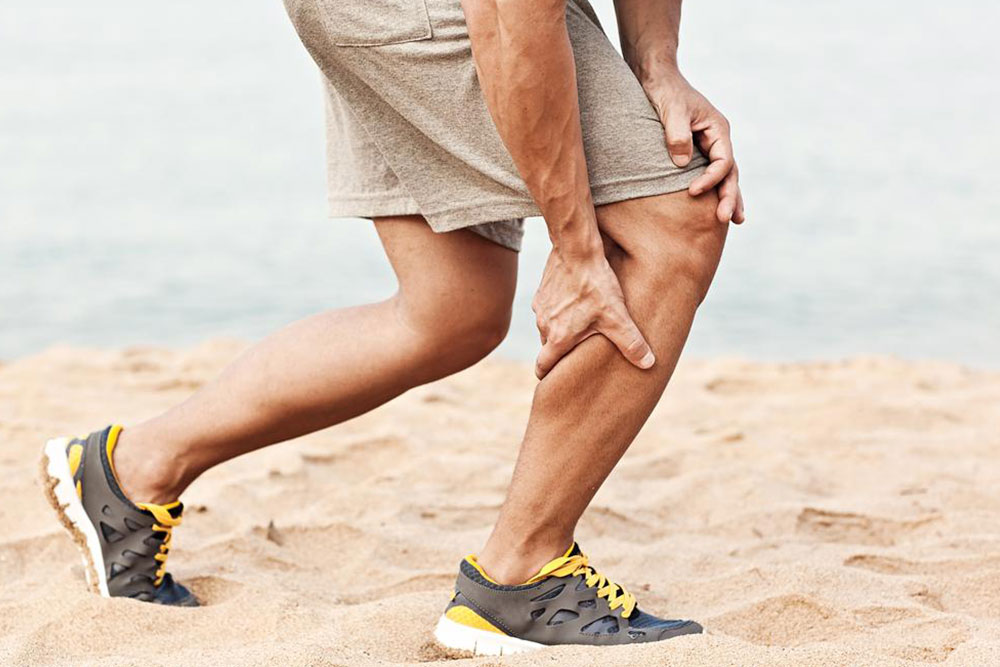Comprehensive Guide to Groin Pain: Causes, Symptoms, and Effective Treatment Strategies
This comprehensive guide explores the causes, symptoms, and treatments for groin pain, primarily affecting athletes and active individuals. It highlights injury severity levels, signs to watch for, and effective strategies for recovery, emphasizing the importance of professional medical evaluation for persistent or severe pain. Learn how to prevent and manage groin injuries with expert insights.

Analyzing the Causes and Symptoms of Groin Discomfort
The muscular structure of the human body is intricate and vital, comprising over 700 individual muscles that contribute significantly to our movement, stability, and overall functionality. Interestingly, these muscles make up nearly half of an average person's total body weight, highlighting their importance in both everyday activities and athletic performance. The muscular system works synergistically with tendons, nerves, blood vessels, and other connective tissues to facilitate smooth, coordinated movements and maintain posture.
One common issue encountered in this muscular framework is groin pain, which frequently occurs due to overstretching or tearing of muscles located in the groin and upper thigh regions. Such injuries are typically caused by excessive physical stress, sudden movements, or repetitive actions that strain the groin muscles beyond their capacity. This kind of trauma can lead to significant discomfort, impacting mobility and quality of life, and therefore warrants prompt attention and appropriate medical care.
This type of injury is prevalent among athletes, fitness enthusiasts, and individuals engaged in physically demanding routines that involve sudden, rapid, or repetitive leg movements. Sports such as soccer, hockey, gymnastics, and running often see higher incidences of groin injuries due to their dynamic nature.
Understanding the severity of groin injuries is essential for effective management:
First-degree groin strains involve mild discomfort with minimal limitations in movement and strength. The pain intensity varies among individuals, often perceived as a slight pull or discomfort during activity.
Moderate injuries involve more noticeable tissue damage, with increased pain and some restriction in movement, though the muscles maintain their basic function.
In more serious cases, injuries can escalate, leading to more severe symptoms that require comprehensive treatment:
Severe muscle tears cause intense, sharp pain that can significantly impair mobility, often accompanied by weakness and swelling. Such injuries may also be associated with a sudden snapping sound during injury and require extended recovery times, physical therapy, or even surgical intervention in certain cases.
Essential signs and symptoms to watch for include:
Persistent discomfort in the groin or inner thigh area, with tenderness suggesting overstretching or tearing of muscles. Prompt medical evaluation is advised if this persists or worsens.
Pain experienced during movement, such as crossing the legs, bringing the legs together, or lifting the knee while seated or standing.
Sudden episodes of sharp pain, often described as a snap or pop, indicating a possible muscle tear.
Swelling, bruising, or difficulty walking are additional symptoms that necessitate professional healthcare assessment.
While initial pain relief can sometimes be achieved through home remedies like rest, ice application, compression, and elevation (RICE), it is crucial to seek medical consultation to obtain an accurate diagnosis and tailored treatment plan. Early intervention can prevent aggravation of injury and facilitate faster recovery.




